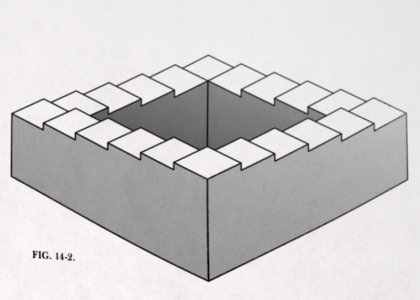spectratg
Senior Member
- Location
- Adamstown, MD
I’ve had annual, upper endoscopies in recent years, to check that radio-frequency ablations on my throat in 2015-2016 for a pre-cancerous condition were effective, and they have all been negative.
Every time that I have had the endoscopy, as the IV for the sedation drug is inserted into my arm, I consciously keep telling myself that I am fully awake and aware. . . but then I am not!
A patient under anesthesia exhibits relatively normal brain functions except for consciousness. Neurons keep firing, and pain signals travel their normal routes. But that pain is never felt, never experienced. The science of anesthesia sits right at the heart of the hard problem—allowing “easy” computational processes to continue while selectively eliminating subjective experience. But no one knows quite how. In the “orchestrated objective reduction suggest that structures called microtubules, which transport material inside cells, underlie our conscious thinking. It postulates that consciousness originates from microbuses and action inside neurons, rather than the connections between neurons. Microtubules are hollow, cylindrical structures made up of alpha and beta proteins which bond together in a single unit.” (Discover magazine, March 2018)
Traditional quantum mechanics says that a physical system, doesn't have defined properties until it is observed, an act known as a collapsing wave function. For example, Schrodinger’s classic thought experiment claims that the cat is both dead and alive, known as super position, until observed as one or the other. So an observation, or consciousness itself, causes the wave to collapse. The above theory proposes the opposite, that the collapse give gives rise to consciousness.
I know of a cat named Sharon who’s owner unfortunately got trapped in a box with a radioactive element, that, if it had decayed, would have caused the owner to die. So the cat, being hungry, decided to press a lever which, she had observed, would open the box and expose her owner as being (hopefully) alive (so Sharon could be fed) or (regrettably) dead (leaving a very hungry cat). Sharon's human is both dead and alive, until observed as one or the other by the cat.
Absence of knowledge, or computational power, is the only thing that gives rise to uncertainty. (Obviously I think that the Schrodinger’s cat hypothesis is ridiculous on the face of it.)
Every time that I have had the endoscopy, as the IV for the sedation drug is inserted into my arm, I consciously keep telling myself that I am fully awake and aware. . . but then I am not!
A patient under anesthesia exhibits relatively normal brain functions except for consciousness. Neurons keep firing, and pain signals travel their normal routes. But that pain is never felt, never experienced. The science of anesthesia sits right at the heart of the hard problem—allowing “easy” computational processes to continue while selectively eliminating subjective experience. But no one knows quite how. In the “orchestrated objective reduction suggest that structures called microtubules, which transport material inside cells, underlie our conscious thinking. It postulates that consciousness originates from microbuses and action inside neurons, rather than the connections between neurons. Microtubules are hollow, cylindrical structures made up of alpha and beta proteins which bond together in a single unit.” (Discover magazine, March 2018)
Traditional quantum mechanics says that a physical system, doesn't have defined properties until it is observed, an act known as a collapsing wave function. For example, Schrodinger’s classic thought experiment claims that the cat is both dead and alive, known as super position, until observed as one or the other. So an observation, or consciousness itself, causes the wave to collapse. The above theory proposes the opposite, that the collapse give gives rise to consciousness.
I know of a cat named Sharon who’s owner unfortunately got trapped in a box with a radioactive element, that, if it had decayed, would have caused the owner to die. So the cat, being hungry, decided to press a lever which, she had observed, would open the box and expose her owner as being (hopefully) alive (so Sharon could be fed) or (regrettably) dead (leaving a very hungry cat). Sharon's human is both dead and alive, until observed as one or the other by the cat.
Absence of knowledge, or computational power, is the only thing that gives rise to uncertainty. (Obviously I think that the Schrodinger’s cat hypothesis is ridiculous on the face of it.)


